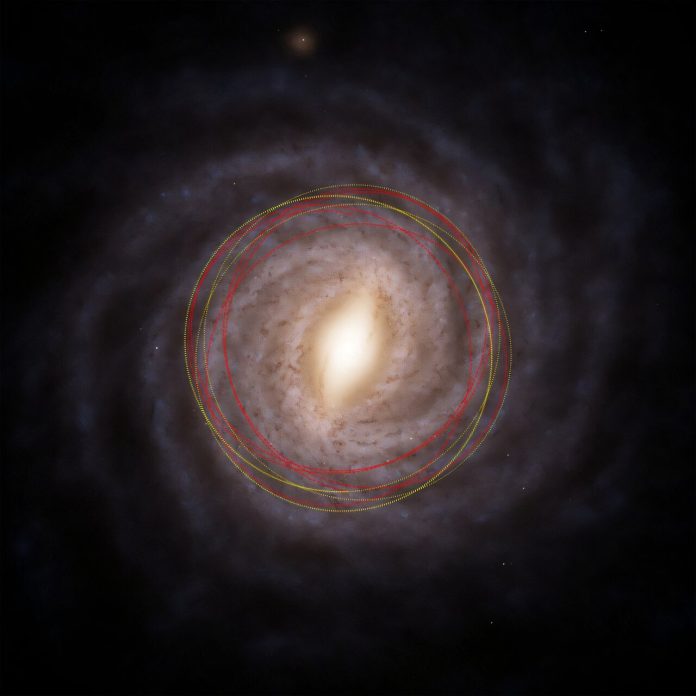
A newly discovered object from deep space may be the oldest comet ever observed—possibly more than 7 billion years old, and older than our entire solar system.
Named 3I/ATLAS, the mysterious visitor is only the third known interstellar object to pass through our solar system, and the first to come from a completely different part of the Milky Way galaxy.
Spotted on July 1, 2025, by the ATLAS survey telescope in Chile, 3I/ATLAS was about 670 million kilometers from the sun when it was first seen.
Early observations suggest it’s already active—emitting gas and dust as it heats up, just like comets do when they get close to the sun. What makes it so special is not just its activity, but where it came from.
According to Matthew Hopkins, an astronomer at the University of Oxford, 3I/ATLAS likely formed near a type of ancient star in the galaxy’s “thick disk.”
This is a population of older stars that orbit above and below the thin disk where our sun and most other stars live.
Because of this, 3I/ATLAS could be older than any comet we’ve ever seen—possibly formed more than 3 billion years before our solar system.
Hopkins is sharing his research at the National Astronomy Meeting in Durham, and says that his statistical model gives about a two-thirds chance that 3I/ATLAS is older than our 4.5-billion-year-old solar system.
That would make it a unique time capsule from a distant corner of the Milky Way.
The object is expected to glow brighter as it gets closer to the sun, making it visible through a medium-sized amateur telescope by late 2025 or early 2026. Its early activity suggests that it is rich in water ice, which begins to vaporize in sunlight, forming the classic glowing coma and tail of a comet.
Compared to previous interstellar visitors—‘Oumuamua in 2017 and 2I/Borisov in 2019—3I/ATLAS may be larger and more active, giving astronomers more clues about what interstellar objects are made of and how common they might be.
The discovery came just after Hopkins defended his Ph.D. thesis on modeling interstellar objects. Instead of heading off on holiday, he jumped straight into analyzing real data from 3I/ATLAS.
His team’s model, the Ōtautahi–Oxford Model, accurately predicted features of this object based on its path through space.
With powerful telescopes like the upcoming Vera C. Rubin Observatory set to begin sky surveys soon, scientists expect to discover dozens more interstellar objects in the next decade.
But for now, 3I/ATLAS is offering a rare and thrilling glimpse at something truly ancient—possibly one of the oldest cosmic travelers we’ve ever encountered.
Source: Royal Astronomical Society.



